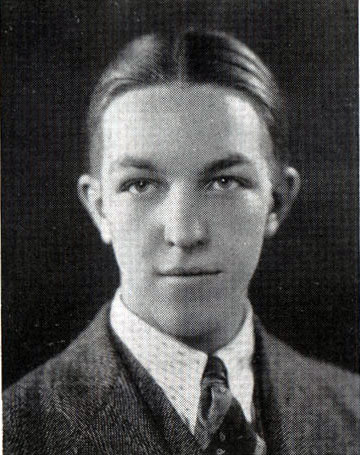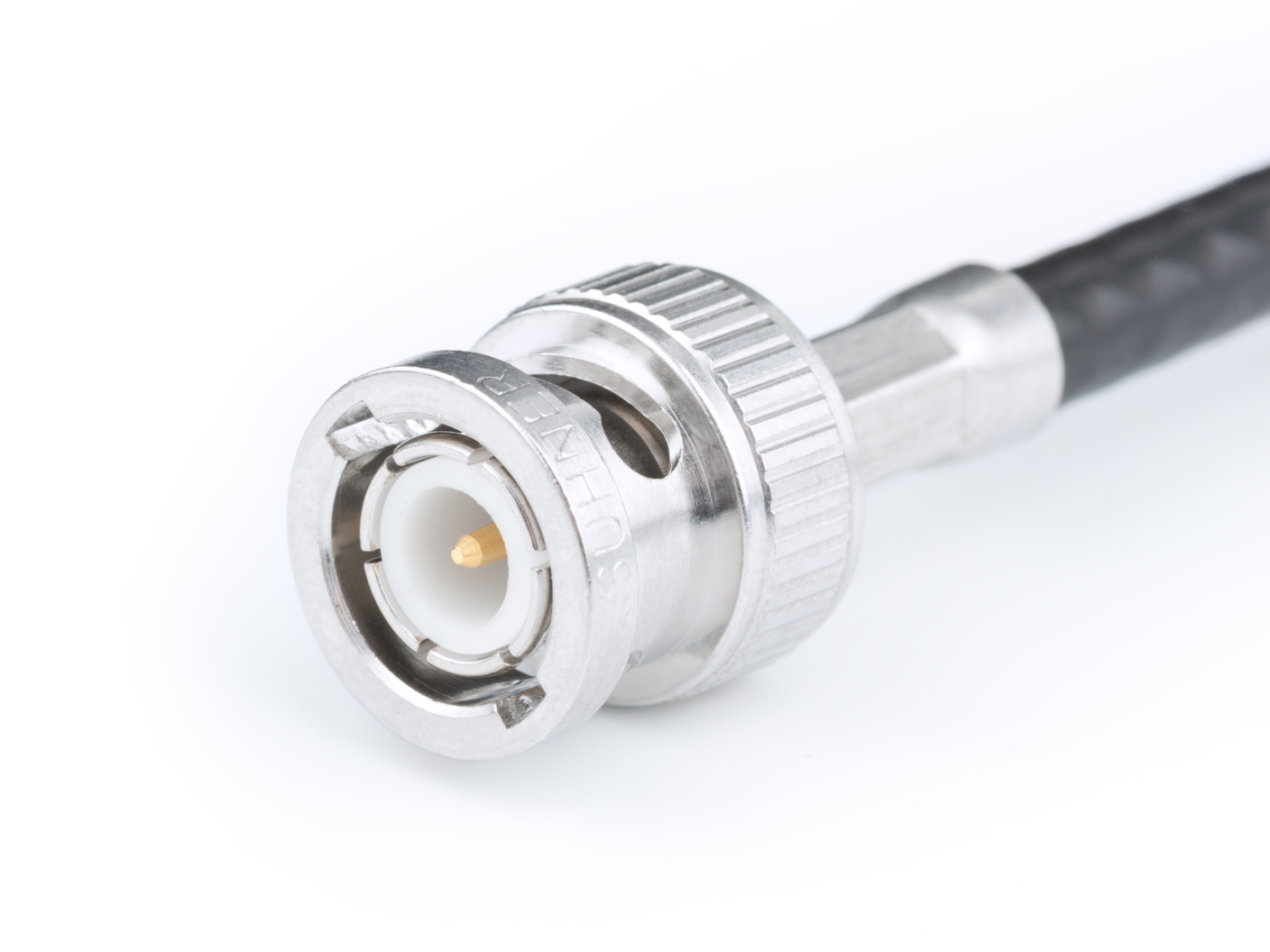|
Type C Connector
The C connector is a type of RF connector used for terminating coaxial cable. The interface specifications for the C and many other connectors are referenced in MIL-STD-348. The connector uses two-stud bayonet-type locks. The C connector was invented by Amphenol engineer Carl Concelman. It is weatherproof without being overly bulky. The mating arrangement is similar to that of the BNC connector. Keith B. Schaub, Joe Kelly, ''Production Testing of RF and System-on-a-chip Devices for Wireless Communications'', Artech House, 2004, page 230 It can be used up to 11 GHz, and is rated for up to 1500 volts. See also *USB-C USB-C (properly known as USB Type-C) is a 24-pin USB connector system with a rotationally symmetrical connector. The designation C refers only to the connector's physical configuration or form factor and should not be confused with the conne ... (also called Type C connector) References RF connectors {{electrical-connector-stub ... [...More Info...] [...Related Items...] OR: [Wikipedia] [Google] [Baidu] |
RF Connector
A coaxial RF connector (radio frequency connector) is an electrical connector designed to work at radio frequencies in the multi-megahertz range. RF connectors are typically used with coaxial cables and are designed to maintain the shielding that the coaxial design offers. Better models also minimize the change in transmission line impedance at the connection in order to reduce signal reflection and power loss. As the frequency increases, transmission line effects become more important, with small impedance variations from connectors causing the signal to reflect rather than pass through. An RF connector must not allow external signals into the circuit through electromagnetic interference and capacitive pickup. Mechanically, RF connectors may provide a fastening mechanism ( thread, bayonet, braces, blind mate) and springs for a low ohmic electric contact while sparing the gold surface, thus allowing very high mating cycles and reducing the insertion force. Research activit ... [...More Info...] [...Related Items...] OR: [Wikipedia] [Google] [Baidu] |
C Connector
The C connector is a type of RF connector used for terminating coaxial cable. The interface specifications for the C and many other connectors are referenced in MIL-STD-348. The connector uses two-stud bayonet-type locks. The C connector was invented by Amphenol engineer Carl Concelman. It is weatherproof without being overly bulky. The mating arrangement is similar to that of the BNC connector. Keith B. Schaub, Joe Kelly, ''Production Testing of RF and System-on-a-chip Devices for Wireless Communications'', Artech House, 2004, page 230 It can be used up to 11 GHz, and is rated for up to 1500 volts. See also *USB-C USB-C (properly known as USB Type-C) is a 24-pin USB connector system with a rotationally symmetrical connector. The designation C refers only to the connector's physical configuration or form factor and should not be confused with the conne ... (also called Type C connector) References RF connectors {{electrical-connector-stub ... [...More Info...] [...Related Items...] OR: [Wikipedia] [Google] [Baidu] |
Carl Concelman
Carl Concelman (December 23, 1912 – August 1975) was the electrical engineer who, while working for Amphenol, invented the C connector and teamed up with Paul Neill of Bell Labs to invent the BNC connector and TNC connector. See also *RF connector A coaxial RF connector (radio frequency connector) is an electrical connector designed to work at radio frequencies in the multi-megahertz range. RF connectors are typically used with coaxial cables and are designed to maintain the shieldin ... References American electrical engineers 1912 births 1975 deaths 20th-century American engineers 20th-century American inventors {{US-electrical-engineer-stub ... [...More Info...] [...Related Items...] OR: [Wikipedia] [Google] [Baidu] |
Coaxial
In geometry, coaxial means that several three-dimensional linear or planar forms share a common axis. The two-dimensional analog is ''concentric''. Common examples: A coaxial cable is a three-dimensional linear structure. It has a wire conductor in the centre (D), a circumferential outer conductor (B), and an insulating medium called the dielectric (C) separating these two conductors. The outer conductor is usually sheathed in a protective PVC outer jacket (A). All these have a common axis. The dimension and material of the conductors and insulation determine the cable's characteristic impedance and attenuation at various frequencies. Coaxial rotors are a three-dimensional planar structure: a pair of helicopter rotors (wings) mounted one above the other on concentric shafts, with the same axis of rotation (but turning in opposite directions). In loudspeaker design, coaxial speakers A coaxial loudspeaker is a loudspeaker system in which the individual driver units radiate s ... [...More Info...] [...Related Items...] OR: [Wikipedia] [Google] [Baidu] |
Coaxial Cable
Coaxial cable, or coax (pronounced ) is a type of electrical cable consisting of an inner conductor surrounded by a concentric conducting shield, with the two separated by a dielectric ( insulating material); many coaxial cables also have a protective outer sheath or jacket. The term ''coaxial'' refers to the inner conductor and the outer shield sharing a geometric axis. Coaxial cable is a type of transmission line, used to carry high-frequency electrical signals with low losses. It is used in such applications as telephone trunk lines, broadband internet networking cables, high-speed computer data busses, cable television signals, and connecting radio transmitters and receivers to their antennas. It differs from other shielded cables because the dimensions of the cable and connectors are controlled to give a precise, constant conductor spacing, which is needed for it to function efficiently as a transmission line. Coaxial cable was used in the first (1858) and followin ... [...More Info...] [...Related Items...] OR: [Wikipedia] [Google] [Baidu] |
Amphenol
Amphenol Corporation is a major producer of electronic and fiber optic connectors, cable and interconnect systems such as coaxial cables. Amphenol is a portmanteau from the corporation's original name, American Phenolic Corp. History Amphenol was founded in Chicago in 1932 by entrepreneur Arthur J. Schmitt, whose first product was a tube socket for radio tubes (valveholder bases). Amphenol expanded significantly during World War II, when the company became the primary manufacturer of connectors used in military hardware, including airplanes and radios. From 1967 to 1982 it was part of Bunker Ramo Corporation. The company sells its products into diverse electronics markets, including military-aerospace, industrial, automotive, information technology, mobile phones, wireless infrastructure, broadband, medical, and pro audio. Operations are located in more than 60 locations around the world. Amphenol's world headquarters is located in Wallingford, Connecticut. The largest di ... [...More Info...] [...Related Items...] OR: [Wikipedia] [Google] [Baidu] |
BNC Connector
The BNC connector (initialism of "Bayonet Neill–Concelman") is a miniature quick connect/disconnect radio frequency connector used for coaxial cable. It is designed to maintain the same characteristic impedance of the cable, with 50 ohm and 75 ohm types being made. It is usually applied for video and radio frequency connections up to about 2 GHz and up to 500 volts. The connector has a twist to lock design with two lugs in the female portion of the connector engaging a slot in the shell of the male portion. The type was introduced on military radio equipment in the 1940s and has since become widely applied in radio systems, and is a common type of video connector. Similar radio-frequency connectors differ in dimensions and attachment features, and may allow for higher voltages, higher frequencies, or three-wire connections. Description The BNC connector features two bayonet lugs on the female connector; mating is fully achieved with a quarter turn of the coupling nut. It u ... [...More Info...] [...Related Items...] OR: [Wikipedia] [Google] [Baidu] |
USB-C
USB-C (properly known as USB Type-C) is a 24-pin USB connector system with a rotationally symmetrical connector. The designation C refers only to the connector's physical configuration or form factor and should not be confused with the connector's specific capabilities, which are designated by its transfer specifications (such as USB 3.2). A notable feature of the USB-C connector is its ''reversibility''; a plug may be inserted into a receptacle in either orientation. The ''USB Type-C Specification 1.0'' was published by the USB Implementers Forum (USB-IF) and was finalized in August 2014. It was developed at roughly the same time as the USB 3.1 specification. In July 2016, it was adopted by the IEC as "IEC 62680-1-3". A device with a Type-C connector does not necessarily implement USB, USB Power Delivery, or any Alternate Mode: the Type-C connector is common to several technologies while mandating only a few of them. USB 3.2, released in September 2017, replace ... [...More Info...] [...Related Items...] OR: [Wikipedia] [Google] [Baidu] |



